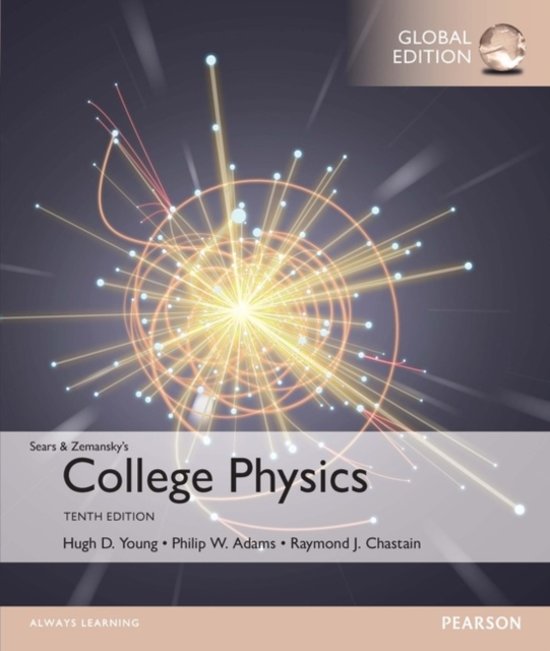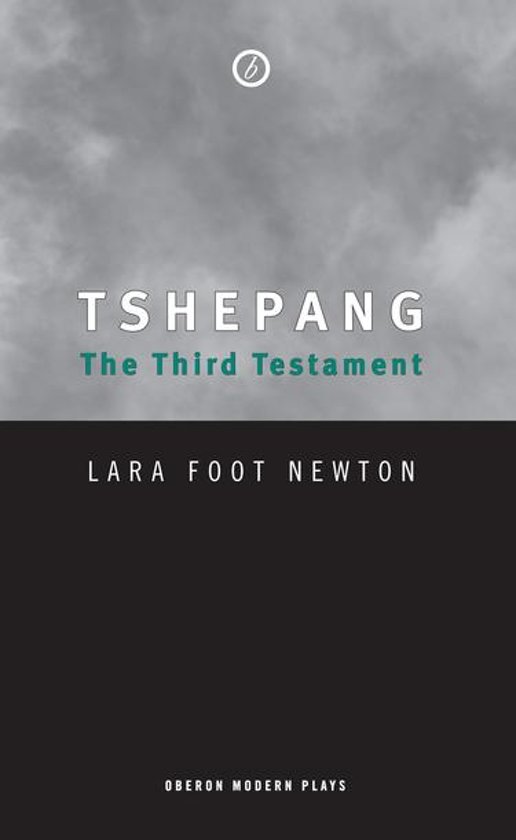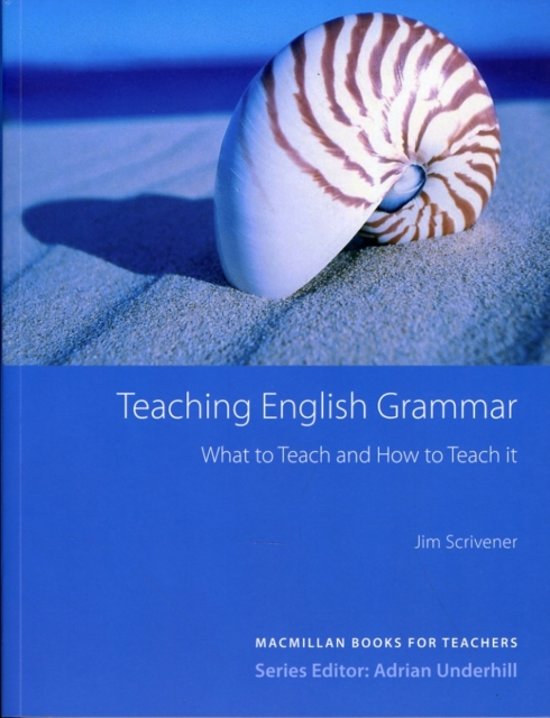
- ISBN
- Author(s)
- Language
- Publisher
- Edition
- Edition
Life Sciences notes
J. Grogan - ISBN: 9781776113316
- ISBN
- Author(s)
- Language
- Publisher
- Edition
- Edition
View all 84 notes for Life Sciences, written by J. Grogan. All Life Sciences notes, flashcards, summaries and study guides are written by your fellow students or tutors. Get yourself a Life Sciences summary or other study material that matches your study style perfectly, and studying will be a breeze.
Best selling Life Sciences notes

A complete set of notes on the DNA + RNA & Chromosomes + Meiosis Section of the IEB Matric / Grade 12 Syllabus for Life Sciences (Biology). Includes colourful diagrams as well as detailed descriptions of various processes. Contents: DNA, DNA Replication + RNA, Protein Synthesis (Transcription + Translation), Genetic Aberrations + Mutations, Application of DNA Technology, Chromosomes + Meiosis, Meiosis 1 - Reduction Division, Meiosis 2 - Copying Division, Meiosis + Crossing Over, Mitosis vs Meios...
- Interview
- • 14 pages •
A complete set of notes on the DNA + RNA & Chromosomes + Meiosis Section of the IEB Matric / Grade 12 Syllabus for Life Sciences (Biology). Includes colourful diagrams as well as detailed descriptions of various processes. Contents: DNA, DNA Replication + RNA, Protein Synthesis (Transcription + Translation), Genetic Aberrations + Mutations, Application of DNA Technology, Chromosomes + Meiosis, Meiosis 1 - Reduction Division, Meiosis 2 - Copying Division, Meiosis + Crossing Over, Mitosis vs Meios...

Summarised notes on Matric/Grade 11 Population Ecology from the Mind Action series Life Science textbook.
- Summary
- • 17 pages •
Summarised notes on Matric/Grade 11 Population Ecology from the Mind Action series Life Science textbook.

This document is well-detailed and covers every topic in the grade 11 IEB life sciences syllabus. It contains illustrations and lots of writing (its easy to read and understand)! Happy Studying :)
- Class notes
- • 45 pages •
This document is well-detailed and covers every topic in the grade 11 IEB life sciences syllabus. It contains illustrations and lots of writing (its easy to read and understand)! Happy Studying :)

A complete set of notes on the Genetics + Genetic Engineering Section of the IEB Matric / Grade 12 Syllabus for Life Sciences (Biology). Includes colourful diagrams as well as detailed descriptions of various processes.
- Interview
- • 13 pages •
A complete set of notes on the Genetics + Genetic Engineering Section of the IEB Matric / Grade 12 Syllabus for Life Sciences (Biology). Includes colourful diagrams as well as detailed descriptions of various processes.

Handwritten scanned Term 1 Life science IEB notes Module 2 life at a molecular, cellular and tissue level (Mind action series life science textbook) written by an A grade student.
- Summary
- • 13 pages •
Handwritten scanned Term 1 Life science IEB notes Module 2 life at a molecular, cellular and tissue level (Mind action series life science textbook) written by an A grade student.

This summary for: the kidney, brain, endocrine system and heart will guarantee that you succeed in your test or exam. You will have one place where you can find all the information you need on the topics in Grade 11. Created by a student for students to succeed.
- Summary
- • 13 pages •
This summary for: the kidney, brain, endocrine system and heart will guarantee that you succeed in your test or exam. You will have one place where you can find all the information you need on the topics in Grade 11. Created by a student for students to succeed.

Hand written scanned Grade 11 Life science IEB notes Module 1.4 Excretory system of humans ( mind action series Life science textbook) Written by an A grade student
- Summary
- • 18 pages •
Hand written scanned Grade 11 Life science IEB notes Module 1.4 Excretory system of humans ( mind action series Life science textbook) Written by an A grade student

Hand written scanned Grade 11 Life science IEB notes Module 3.3 Animal diversity ( mind action series Life science textbook) Written by an A grade student
- Summary
- • 10 pages •
Hand written scanned Grade 11 Life science IEB notes Module 3.3 Animal diversity ( mind action series Life science textbook) Written by an A grade student

Full notes on Biology Human reproduction
- Class notes
- • 15 pages •
Full notes on Biology Human reproduction

Hand written scanned Grade 11 Life science IEB notes Module 3.5 Biogeography ( mind action series Life science textbook) Written by an A grade student
- Summary
- • 2 pages •
Hand written scanned Grade 11 Life science IEB notes Module 3.5 Biogeography ( mind action series Life science textbook) Written by an A grade student
Do you have documents that match this book? Sell them and earn money with your knowledge!
Newest Life Sciences summaries

These notes cover the section ecology from the grade 12 IEB life sciences syllabus. The information summarised in these notes is based on the Mind Action Series textbook. These notes are in-depth however they are summarised significantly. Additionally, they include pictures and diagrams to help explain concepts better.
- Summary
- • 6 pages •
These notes cover the section ecology from the grade 12 IEB life sciences syllabus. The information summarised in these notes is based on the Mind Action Series textbook. These notes are in-depth however they are summarised significantly. Additionally, they include pictures and diagrams to help explain concepts better.

These notes cover the section of evolution from the grade 12 IEB life sciences syllabus. The information summarised in these notes is based on the Mind Action Series textbook. These notes are in-depth however they are summarised significantly. Additionally, they include pictures and diagrams to help explain concepts better.
- Summary
- • 6 pages •
These notes cover the section of evolution from the grade 12 IEB life sciences syllabus. The information summarised in these notes is based on the Mind Action Series textbook. These notes are in-depth however they are summarised significantly. Additionally, they include pictures and diagrams to help explain concepts better.

Full summaries and answers to all activities from the Grade 11 school textbook - chapter Photosynthesis.
- Interview
- • 4 pages •
Full summaries and answers to all activities from the Grade 11 school textbook - chapter Photosynthesis.

This document is a full source of notes, diagrams, definitions, time-lines, and tables describing Hominid Studies within the topic of Evolution in Life Sciences (Biology) for grade 12 learners. It has been adapted from the Mind Action Series Life Science Grade 12 Textbook and Workbook. These notes will help you to understand the evidence for human's common ancestor with primates, Hominin anatomical differences, and similarities, evidence for human evolution from ape ancestors, the phases in hom...
- Interview
- • 12 pages •
This document is a full source of notes, diagrams, definitions, time-lines, and tables describing Hominid Studies within the topic of Evolution in Life Sciences (Biology) for grade 12 learners. It has been adapted from the Mind Action Series Life Science Grade 12 Textbook and Workbook. These notes will help you to understand the evidence for human's common ancestor with primates, Hominin anatomical differences, and similarities, evidence for human evolution from ape ancestors, the phases in hom...

Biology grade 11 ieb summary of module 1.2 support systems of animals and humans. The notes have pictures and diagrams to assist. The notes are comprised of mainly information from the textbook and my own class notes. The notes are informative and detailed.
- Summary
- • 10 pages •
Biology grade 11 ieb summary of module 1.2 support systems of animals and humans. The notes have pictures and diagrams to assist. The notes are comprised of mainly information from the textbook and my own class notes. The notes are informative and detailed.

Summary of biology ieb grade 11 support structure in plants. Module1.1 The notes are informative and detailed and include pictures and diagrams. The notes are mainly comprised of the textbook as well as my own notes from class.
- Summary
- • 14 pages •
Summary of biology ieb grade 11 support structure in plants. Module1.1 The notes are informative and detailed and include pictures and diagrams. The notes are mainly comprised of the textbook as well as my own notes from class.

Summary of biology ieb grade 11 plant diversity. The notes are informative and detailed and include pictures and diagrams. The notes are mainly comprised of the textbook as well as my own notes from class.
- Summary
- • 6 pages •
Summary of biology ieb grade 11 plant diversity. The notes are informative and detailed and include pictures and diagrams. The notes are mainly comprised of the textbook as well as my own notes from class.

Summary of grade 11 biology the brain in module 1.5 of ieb textbook. Notes include pictures and diagrams to assist with studying. Notes are informative and detailed and are comprised using textbook and in class notes.
- Summary
- • 2 pages •
Summary of grade 11 biology the brain in module 1.5 of ieb textbook. Notes include pictures and diagrams to assist with studying. Notes are informative and detailed and are comprised using textbook and in class notes.

A detailed set of notes summarizing the eye and receptors in accordance with the Mind Action Series Grade 11 textbook. It is colorful and highly information dense with pictures and diagrams. It effectively summarizes all the information making it easy to understand. Comprehensive yet concise coverage Visual aids for easy understanding Perfect study companion for exams!
- Summary
- • 21 pages •
A detailed set of notes summarizing the eye and receptors in accordance with the Mind Action Series Grade 11 textbook. It is colorful and highly information dense with pictures and diagrams. It effectively summarizes all the information making it easy to understand. Comprehensive yet concise coverage Visual aids for easy understanding Perfect study companion for exams!

These notes cover the sections of life at a molecular level from the grade 12 IEB life sciences syllabus. The information summarised in these notes is based on the Mind Action Series textbook. These notes are in-depth however they are summarised significantly. Additionally, they include pictures and diagrams to help explain concepts better.
- Summary
- • 10 pages •
These notes cover the sections of life at a molecular level from the grade 12 IEB life sciences syllabus. The information summarised in these notes is based on the Mind Action Series textbook. These notes are in-depth however they are summarised significantly. Additionally, they include pictures and diagrams to help explain concepts better.
Do you have documents that match this book? Sell them and earn money with your knowledge!
Related books to Life Sciences
Was a summary of Life Sciences not exactly what you were looking for? Perhaps a document from these related books can help you further.
Why study with the book summaries on Stuvia?

Relevance, efficiency and convenience. These are important elements when studying or preparing for a course or exam. Studying with the help of book summaries, which are linked to the ISBN number of your (study) book, is more relevant than ever. Your fellow students or tutors are sharing their knowledge to help you prepare for your exams. Find the ISBN number of your book and you'll be sure to buy the right summary. That way you won't be faced with surprises during your exams.

All summaries on Stuvia are written by students who have already taken the exam, lecturers who teach the study material or professional publishers. As a result, you can be confident that you will understand the course material more easily and that the summary contains all elements that are tested in the exam. Find the book you need to study by its ISBN and choose the best textbook summary.













